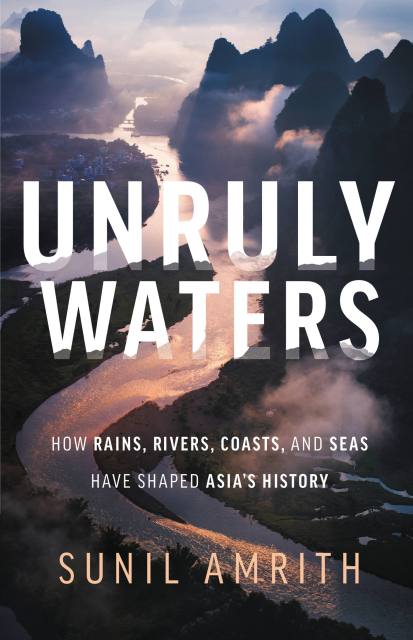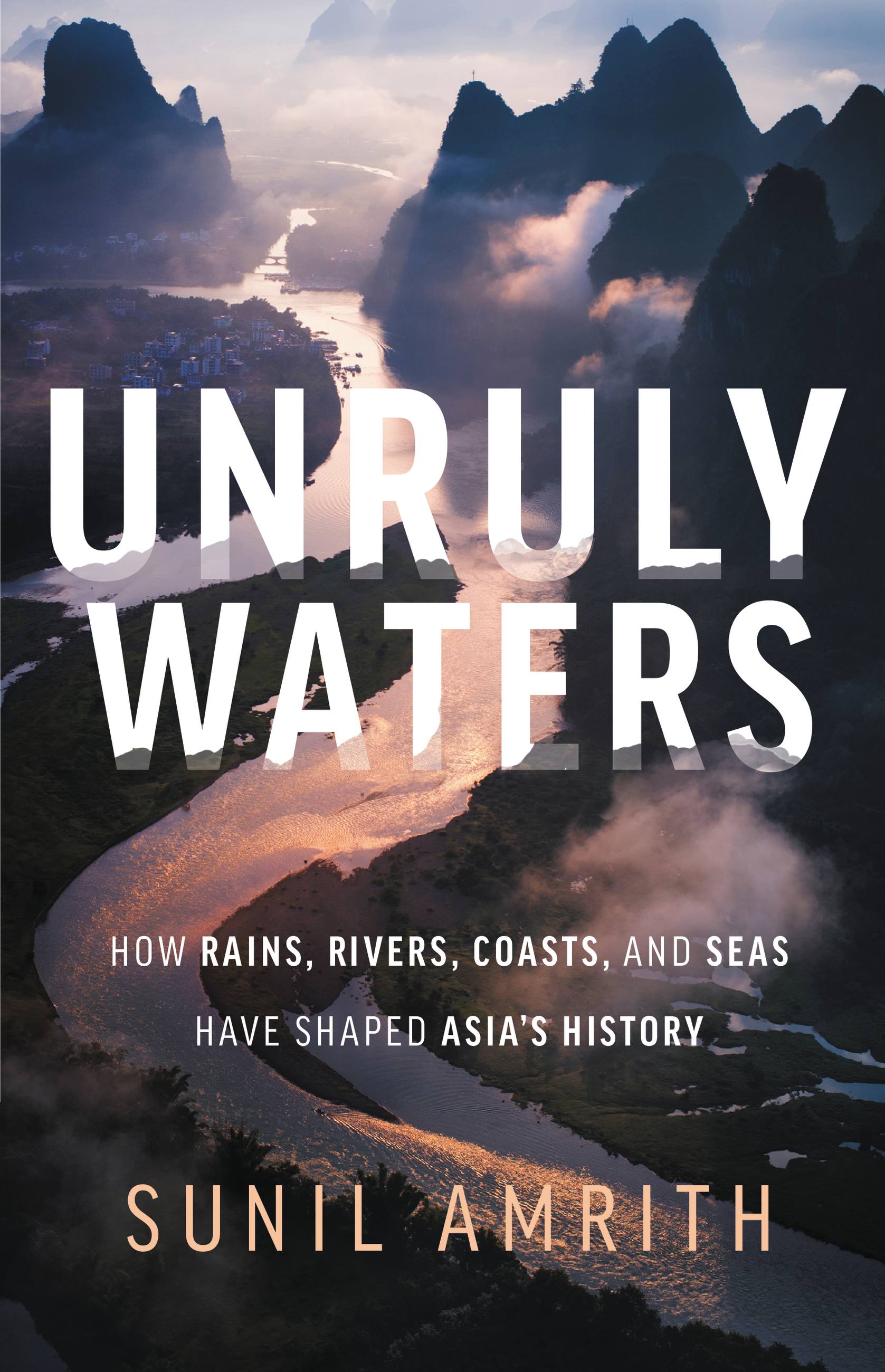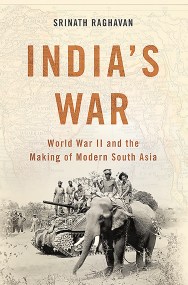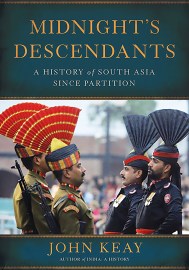Unruly Waters
How Rains, Rivers, Coasts, and Seas Have Shaped Asia's History
Contributors
By Sunil Amrith
Formats and Prices
Price
$19.99Price
$25.99 CADFormat
Format:
- ebook $19.99 $25.99 CAD
- Hardcover $35.00 $45.50 CAD
This item is a preorder. Your payment method will be charged immediately, and the product is expected to ship on or around December 11, 2018. This date is subject to change due to shipping delays beyond our control.
Also available from:
Asia’s history has been shaped by her waters. In Unruly Waters, historian Sunil Amrith reimagines Asia’s history through the stories of its rains, rivers, coasts, and seas — and of the weather-watchers and engineers, mapmakers and farmers who have sought to control them. Looking out from India, he shows how dreams and fears of water shaped visions of political independence and economic development, provoked efforts to reshape nature through dams and pumps, and unleashed powerful tensions within and between nations.
Today, Asian nations are racing to construct hundreds of dams in the Himalayas, with dire environmental impacts; hundreds of millions crowd into coastal cities threatened by cyclones and storm surges. In an age of climate change, Unruly Waters is essential reading for anyone seeking to understand Asia’s past and its future.
- On Sale
- Dec 11, 2018
- Page Count
- 416 pages
- Publisher
- Basic Books
- ISBN-13
- 9780465097739
Newsletter Signup
By clicking ‘Sign Up,’ I acknowledge that I have read and agree to Hachette Book Group’s Privacy Policy and Terms of Use







